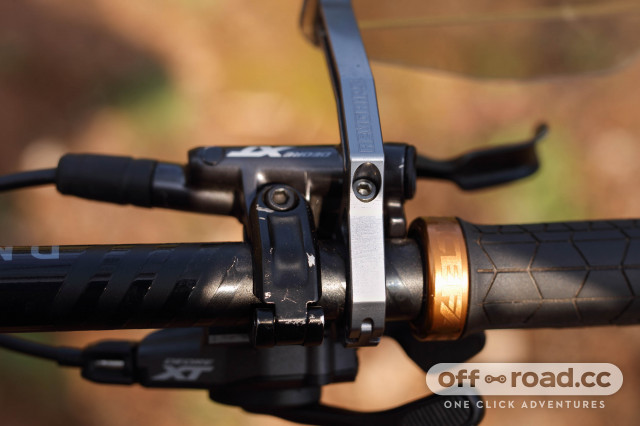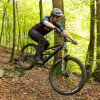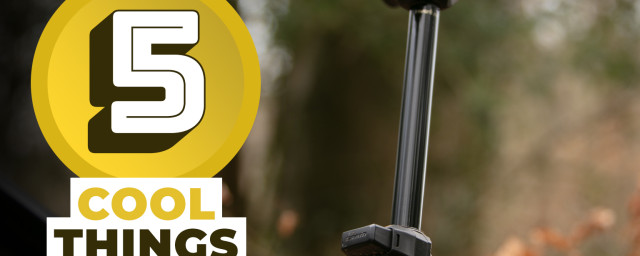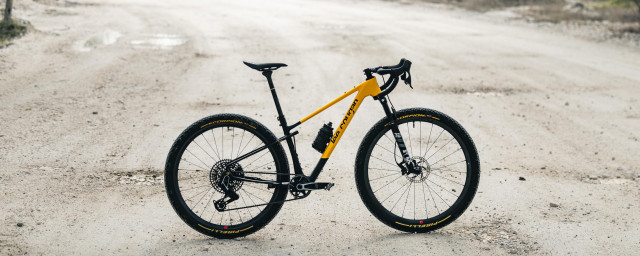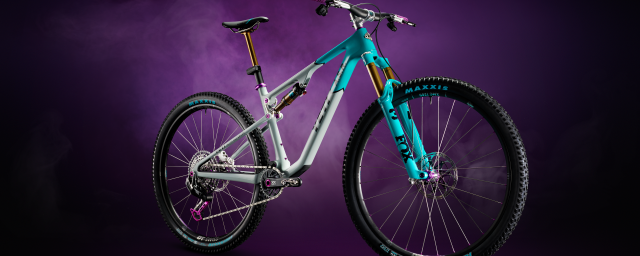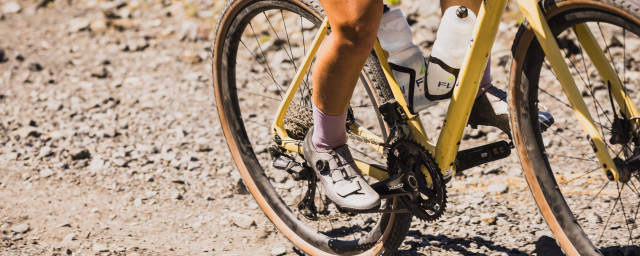Buyer's guide to mountain bike handguards

Love them or hate them, handguards are here to stay as they provide a range of benefits with impressively few implications. However, they're not all created equal, so if you're unsure what to look for when buying handguards, here's everything you need to know.
- Five sneaky bike marketing terms you shouldn't trust
- Buyer’s guide to mountain bike knee pads
- The best trail and enduro mountain bike wheelsets, tried and tested
What are handguards?
Many new components introduced to the mountain bike market are often faced with some controversy or kickback from riders but none so much as handguards. Derived from motocross, they have found their way onto many pro EWS rider's handlebars, including the likes of Sam Hill.
Mountain bike specific handguards are the brainchild of a man named Arnaud Vincent. Some might recognize him as a World Champion motorcycle racer turned keen mountain biker. After suffering a crash caused by a stray branch interfering with his brake lever, he wondered why the handguards found on motocross bikes haven't yet made a move over to mountain bikes. Thus, the mountain bike handguard was born.
Essentially, handguards are flaps of sturdy plastic held out in front of your bike's brake levers to stop branches and the like from interfering with your hands and/or brakes.
Who are handguards for?
While their looks are definitely polarizing, handguards provide several benefits that may actually change the way you ride a little.
If your local trails are often overgrown in the summer, this is an ideal place for handguards. They help prevent trailside foliage from painfully whipping your fingers as you blast through, but mainly, and most importantly, they stop branches from squeezing the brakes for you. So you can see why some EWS riders run them.
Believe it or not, downsides are pretty few and far between asides from the main one, the look, if you're one who's seriously grossed out by them. Otherwise, there's a minor weight penalty with the weightiest guards weighing your bike down by an additional 169g.
The biggest downside is that if you run Shimano brakes or brakes with a shorter lever, you'll have you move them inboard a touch if you run them butted right up against your grips. That's simply because there's not yet a handguard on the market that integrates nicely with short levers.
What to look for in a handguard
Coverage
Coverage is the most important part of a handguard. If a handguard doesn't cover the essential bits, it won't be much good. Smaller guards, such as the AVS Racing handguard, are made purely to stop branches from knocking your brake levers, ignoring your fingertips and knuckles. Because of the smaller profile, they're also less intrusive to the look of your bike.
The level of protection extended guards offer to your brake is arguable. Others, like the Acerbis X-Elite handguards, can stretch all the way to cover the whole lever, reservoir portion, and all. Still, it'll stop your levers from picking up some bonus garnish after a blast through the bushes.
Of course, this comes down to personal preference and whether or not you like the look but also if you want to give your precious brakes an extra bit of protection.
Build material
Then, there's the material. All handguards on the market are built with a bendy plastic guard equipped with plastic or alloy clamps. Alloy clamps are a bit heavier, but they reward you with a much more stable guard. Whereas plastic clamps can get a bit wobbly over rough sections, but they're cheaper to replace should the worst happen.
Protection
You'll also need to think of what you actually want from your handguard. Some guards are made just to parry twigs, and others are also designed to save your pinkies should you plough into a tree or similar.
All handguards provide some level of protection. I mean, it's a case of punching a barky tree or having your knuckles met with a flap of plastic - I know what I would prefer.
There are guards like the Nock handguards that come kitted with microSHOCK tech, essentially a foam pad that's designed to provide a bit of cushion should you disagree with a tree.
Adjustability
Many handguards come with some level of adjustability. Both the AVS Racing handguards (also available as the Nukeproof AVS Sam Hill handguards) and the Nock handguards come with distance from the bar adjustability. The AVS guards use a 10mm spacer to place the guard further away, while the Nocks slide fore and aft along its clamp.
The closer the guard is to your hand, the more effective it is in both protecting your hands and stopping stuff from finding its way in between the guard and your hand. So adjustability is definitely a feature worth considering.
Fixtures and fittings
While generally a simple topic, handguards come with a range of ways of attaching to your handlebar. Some are pretty smart, using a hinged clamp, meaning you don't need to take off your grips. Some handguards require cockpit disassembly to install, and others require the actual clamp to be bent around the bar.
Your choice depends on how often you'll want to remove the guards. Of course, it'll be a proper pain to have to remove your grips each time you want to change your setup.
Then, there are the nuts and bolts that hold the things together. The AVS handguards are pretty simple in this respect, using just two Allen bolts. However, some fixtures can be more complicated, and that's especially true with the Nock handguards, which uses various nuts and bolts that allow adjustment. Either way, any adjustment in a handguard is usually fit and forget, so don't let complicated fixings put you off.
Avoid going for guards that used self-tapping Phillips head screws. These tend to be challenging to torque up properly and can move around on the bars.
Compatibility with brake levers
One thing that's often overlooked by brands and riders is a handguard's compatibility with brake levers. There can be some issues, namely with Shimano brakes because of their shorter lever blades (the bit you squeeze), and because of their shorter length, they're typically mounted further outboard, or closer to your grips. For the most effective coverage, you'll need to run your handguards close to the grips too, so you can imagine that this is where a problem arises. With most guards on the market, you'll have to compromise and run your brakes further inboard.
However, some brands build their handguards to cleverly clamp between the Shimano brake reservoir's support, and its clamp, allowing you to run your brakes close to the grip while making the most of a handguard's coverage. Guards that are more compatible with Shimano levers come in the form of Revgrip's Handguards.
Price and value
Handguards are a classic case of 'you get what you pay for'. At the top end, you get the likes of the AVS handguard and the Nocks, and they carry the build quality to justify the price. They both also have alloy clamps and a sturdier plastic guard. Of course, the Nock handguards also come with that foam pad and a plethora of customization options.
At the other end of the scale, the Acerbis X-Elite handguards don't quite have the build quality of the pricier two and get plastic clamps. Those guards also use Phillips head screws, and I've found that it's not as easy to tighten the clamps properly with those screws. That doesn't mean they're bad, though, as they offer the most coverage out of the three.






